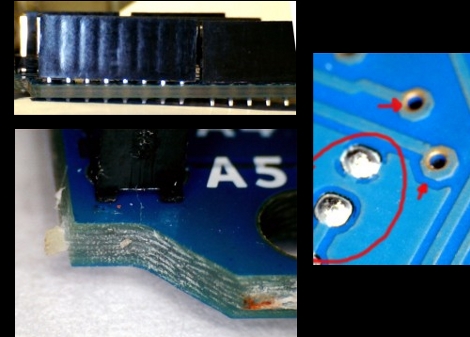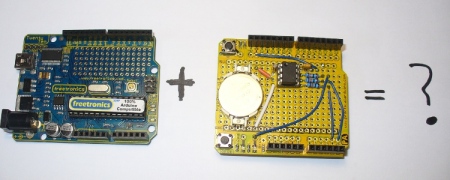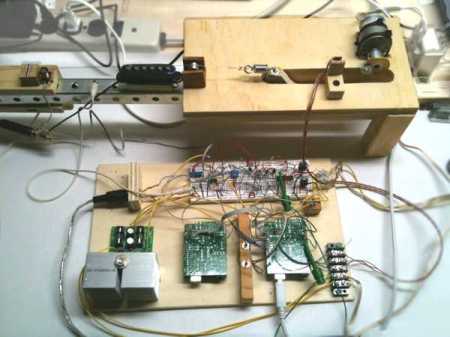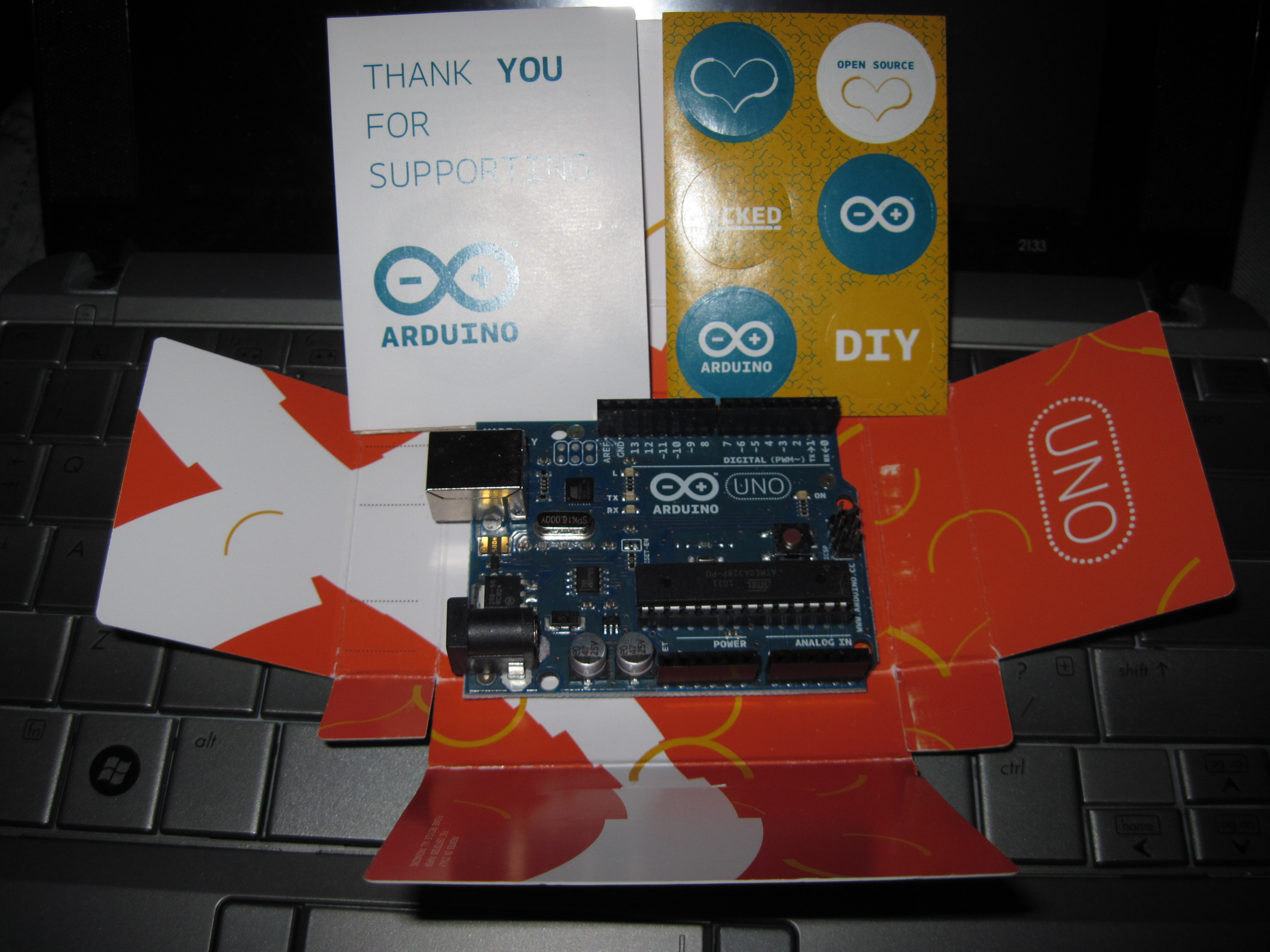
[The Moogle] just got his new Arduino Uno; wow, that was fast. What should have been a happy unboxing turned sour when he took a close look at the board. It seems that it exhibits several examples of sloppy fabrication. The the lower-left image shows unclean board routing, a discolored edge, and a sharp tooth sticking out from the corner. The shield header shown in the upper left is not flush with the board, resulting in a weaker physical union and a crooked connection. There are vias that look like they’re not be centered in the solder mask, and areas where raw copper is exposed.
It saddens us to see this because the original Arduino boards were so well manufactured. Keep in mind that this may be an isolated case, and as of yet the company hasn’t been given the chance to swap out the board for one that has passed a more rigorous quality control inspection. But if you’ve already ordered one of your own, take a close look and make sure you’re satisfied with it upon arrival.
Not sure what we mean by next generation Arduino? Take a look at the new hardware that was recently unveiled.
Update: Here’s a direct response from the Arduino blog.
Update #2: [Massimo Banzi], one of the founders of Arduino, took the time to comment on this post. It details the organization’s willingness to remedy situations like [The Moogle] encountered and also links to the recent Arduino blog post.

















